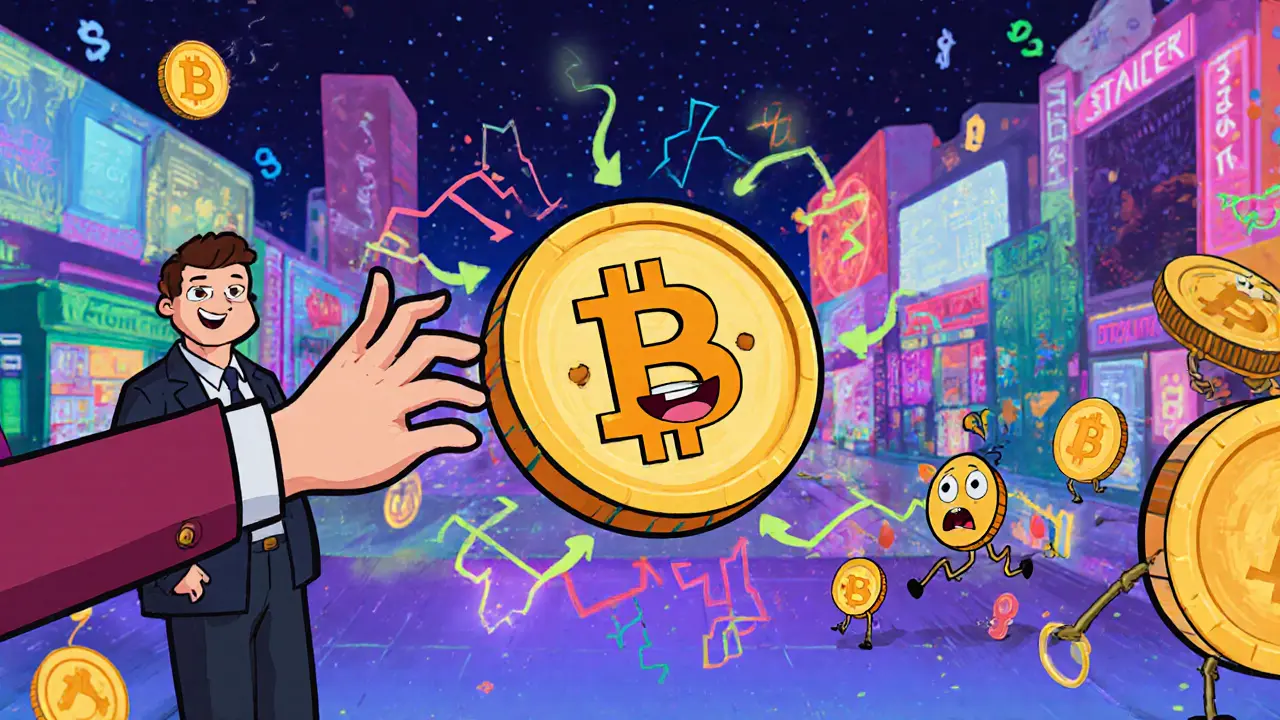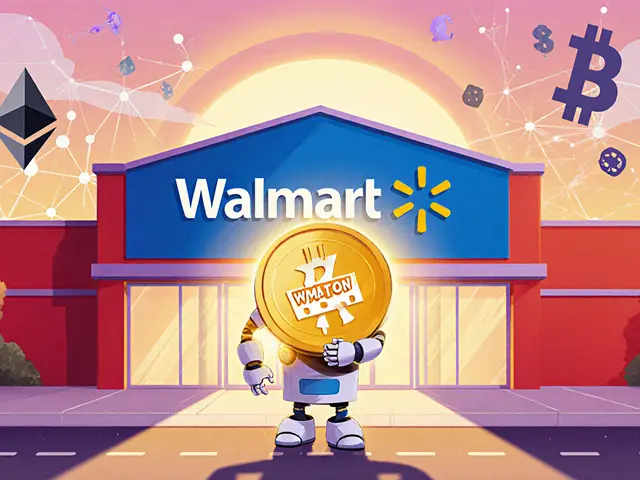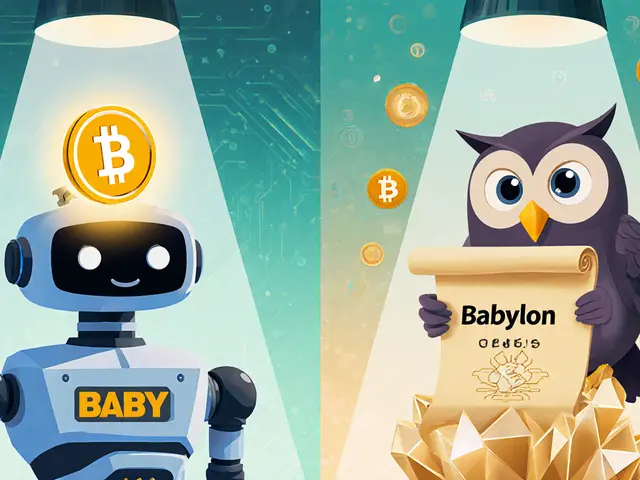Crypto Liquidity Definition: What It Means and Why It Matters
When you hear crypto liquidity, the ease with which a cryptocurrency can be bought or sold without changing its price. Also known as market liquidity, it's what keeps your trades executing at the price you expect—not five percent worse. If a coin has low liquidity, you might think you’re buying $1,000 worth, but end up paying $1,050 because there aren’t enough buyers or sellers at that level. That’s not a glitch—it’s the market telling you there’s not enough depth.
High liquidity means big orders move the market slowly. Think of it like a wide highway: cars (trades) flow smoothly even during rush hour. Low liquidity is a narrow alley—one car slows everything down. That’s why exchanges like OVEX, a South African crypto exchange built for high-volume traders with deep ZAR liquidity and WOOFi, a cross-chain DEX with ultra-low slippage across 11 blockchains stand out. They don’t just list coins—they make sure there’s enough trading volume behind them to keep prices steady.
Low liquidity doesn’t just hurt traders—it kills confidence. Tokens like Dogcoin (DCOIN) and Numogram (GNON) have tiny markets. When even a small seller hits the market, the price plummets. That’s not volatility—it’s a lack of buyers. Meanwhile, coins with deep liquidity, like Bitcoin or Ethereum, can absorb millions in trades without blinking. That’s why institutions stick to them. Even in DeFi, liquidity matters. Protocols like RAI Finance and Eigenpie rely on it to offer fair rates and reduce risk. Without it, automated trades fail, yields collapse, and users lose money.
Slippage, market depth, order book size—these aren’t just jargon. They’re the real indicators of liquidity. If you’re trading on a DEX like WOOFi or a CEX like Coinbase, you’re always dealing with liquidity. The difference? On centralized exchanges, liquidity is often pooled and managed. On decentralized ones, it comes from users like you providing funds to liquidity pools. That’s why some airdrops, like the OneRare First Harvest or RACA Metamon rewards, ask you to interact with specific protocols—they’re testing your participation in their liquidity ecosystem.
And don’t assume all exchanges are equal. Coinbase blocks users in certain countries. Binance is illegal in China. Even if you can access a platform, if it doesn’t have enough trading volume for your target coin, you’re stuck with poor liquidity. That’s why local exchanges like OVEX thrive—they solve regional gaps with deep local currency support. Liquidity isn’t global—it’s local, layered, and often hidden behind the scenes.
When you look at a crypto price, ask: who’s behind it? Are there real buyers holding the bid? Or is it just a few whales pushing the number up? That’s the difference between a real market and a mirage. The posts below show you exactly where liquidity works—and where it’s missing. You’ll see which exchanges actually move the needle, which tokens are drowning in thin markets, and how to spot the difference before you trade.



